Thereby optimizing resources, increasing training and research efficiency; creating a foundation for the formation of an innovative and sustainable university ecosystem. From there, contributing to solving major regional and national issues.
Associate Professor, Dr. Vo Van Minh - Principal of the University of Education (University of Danang ): Strategic opportunities and challenges to overcome
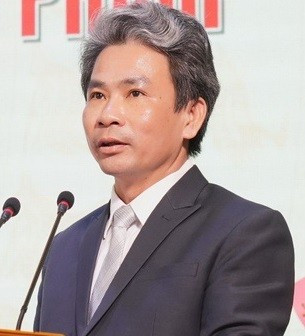
Promoting university linkages offers many strategic opportunities:
First, sharing infrastructure and high-quality staff. In reality, each school has its own strengths in terms of facilities, laboratories, libraries, information technology or leading experts. If they know how to share and use cross-use in an organized manner, schools will save a lot of initial investment costs, avoid duplication and improve the efficiency of infrastructure exploitation.
For example, research centers specializing in biotechnology, new materials, STEM education , or educational data could serve as regional hubs, serving multiple training and research units.
Second, coordinate research and international publications. Many major issues in the Central Highlands region such as climate change, resource management, digital transformation of education, development of high-quality human resources... require an interdisciplinary and inter-regional approach. Only when schools join hands to coordinate, share data, coordinate research groups, and jointly develop projects... can they create valuable and influential scientific works that are internationally competitive.
Third, diversify training programs and improve learners' capacity. Students have the opportunity to transfer, study together, and access learning - employment - startup support services of other schools. Inter-school joint programs are also a stepping stone to build new interdisciplinary majors, meeting human resource requirements in the age of AI and digital transformation.
However, besides the opportunities, there are many challenges to overcome. University linkage is not an easy task because it must overcome institutional barriers, management thinking and system operating capacity.
Firstly, there is a lack of legal corridors and interconnected financial mechanisms. Currently, schools still operate as autonomous “oasis” in a narrow space. There are no clear regulations on financial mechanisms or cost-benefit sharing norms, leading to difficulties in organizing joint training, research, or deploying services using shared infrastructure.
Second, the culture of coordination and the capacity for joint governance are still weak. Cooperation requires a change in the mindset of “intra-regional competition” to “joint development to go further”. However, in reality, there is still a defensive mentality, lack of trust or fear of risk when sharing data, academic resources and human resources.
Third, there is no strong and professional coordination center. University linkages require an independent intermediary institution with the right to coordinate, provide technical support, and monitor the effectiveness of cooperation. Meanwhile, most of them currently only stop at memorandums of understanding or administrative linkages between leaders, lacking professional depth and not linked to output evaluation.
To further promote the connection between universities in the region, a system of synchronous solutions is needed at the central, local and individual levels:
First, establish regional university linkage coordination centers. The Ministry of Education and Training can authorize regional and national universities to play the role of “conductor” in training and research linkage strategies.
Second, issue specific mechanisms to support resource sharing. These include clear regulations on the use of the common budget, the rights of students when studying in inter-schools, payment policies, tuition deductions or revenue sharing, and intellectual property rights when publishing joint research.
Third, encourage the formation of specialized academic alliances. Instead of comprehensive alliances from the beginning, priority should be given to forming alliances by field such as teacher training groups, environmental research groups, core technology groups, etc. to create pilot models that can spread and be replicated.
Fourth, promote the use of digital platforms to support connectivity. Digital transformation is the foundation for organizing inter-school classes, accessing shared learning resources, operating academic dashboard systems, and especially analyzing regional learning and research data to support decision making.
Fifth, strengthen the role of local authorities and enterprises in ordering, co-financing and effectively monitoring university linkages, aiming to link training and research with the practical needs of the region.
In short, the linkage between universities in the region is not only an economic and educational solution, but also the shortest way to form local knowledge ecosystems, helping schools not to be "eroded" by fragmentation and small-scale competition. As a key pedagogical school in the region, the University of Education - Danang University is ready to work with schools towards a shared, connected and creative university education.
Mr. Le Tuan Tu - former Director of the Department of Education and Training of Khanh Hoa province, member of the 14th National Assembly: Solution to optimize resources
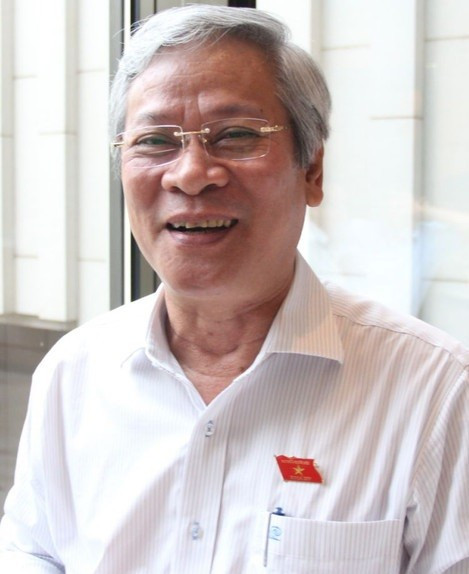
In the trend of innovation in higher education, linkage between universities in the region is the solution to optimize resources, improve training and research quality, and at the same time contribute to serving the sustainable development of the socio-economic region.
Accordingly, regional linkages allow universities to share infrastructure, lecturers, libraries, laboratories, etc. instead of duplicating and wasting investment. Small or newly established schools can take advantage of stronger facilities to develop faster and more effectively.
For example: Tay Nguyen University can cooperate with Da Nang University Branch in the old Kon Tum province, or with Hanoi Law University Dak Lak Branch.
This link can facilitate the formation of interdisciplinary research groups. Accordingly, the implementation of a number of topics such as sustainable industrial crop development, forest resource management, climate change, or community-based ecotourism development will be implemented more effectively when there is coordination between many units.
The linkage between universities in the region also aims to form a regional innovation ecosystem, creating a linkage model between schools - businesses - localities to promote creative startups. In particular, this helps increase the position of Vietnamese higher education. When schools in the region are linked, international cooperation will become easier. Strong enough linkage clusters can participate in the global academic network, improving the ranking and reputation of Vietnamese universities.
However, it is necessary to frankly acknowledge the challenges when implementing cooperation between universities in the region. Currently, some schools still have a closed mindset, worrying that cooperation will affect their own interests; especially in the context of competition for enrollment and attracting high-quality human resources. This may cause the cooperation to be insubstantial.
In reality, regional linkage activities mainly rely on the spontaneous initiative of each school or group of schools. The lack of an authoritative coordinating agency leads to fragmentation and lack of long-term effectiveness. In addition, there are differences in programs, credits, and academic standards between schools, which invisibly hinder mutual recognition or implementation of linkage programs.
To effectively link universities in the region, it is necessary to consider some key solutions such as:
Firstly, establish a regional coordination mechanism. Accordingly, the Ministry of Education and Training can preside over the establishment of a regional university coordination council or center, and develop specific linkage strategies for each region.
Second, strengthen support policies and prioritize resources for inter-school cooperation projects and interdisciplinary research funding; at the same time, encourage joint training models or sharing of digital resources.
Third, it is necessary to narrow the capacity gap, invest selectively, improve the quality of staff and infrastructure of weak schools to ensure even development and avoid "one-way linkage".
It can be said that the linkage between universities in the region is not only a strategic choice, but also an urgent requirement to improve the quality and competitiveness of Vietnamese higher education. When we have a long-term vision, a reasonable mechanism and local support, regional university linkage will become an important driving force for sustainable development.
Dr. Le Viet Khuyen - Vice President of the Association of Vietnamese Universities and Colleges: Together we improve quality and develop the brand
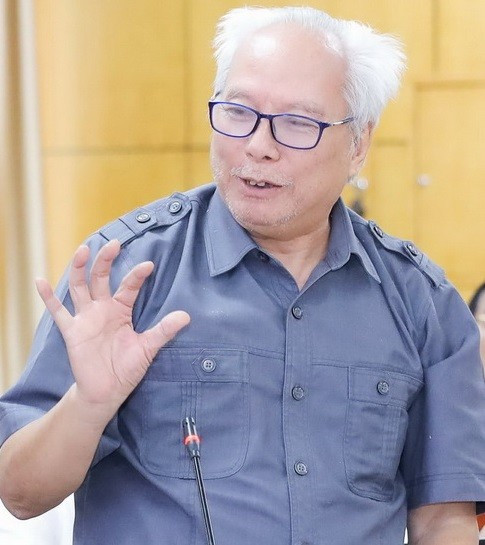
Higher education is transforming strongly towards autonomy, integration and innovation. In that spirit, the strategic goal of higher education institutions is to optimize resources and improve training quality.
The potential direction is to promote inter-school cooperation mechanisms in the following aspects: Linking within the same system, between public and non-public schools, between large and small schools, and between different regions.
If done properly, schools will improve their quality and develop their brands. In other words, cooperation helps go further. To do so, there needs to be mechanisms, policies and effective implementation methods. On the other hand, a systematic approach is needed, with the initiative of schools and a strong guiding role from the State management agency.
In practice, many inter-school cooperation activities are still based on bilateral agreements or individual initiatives, lacking a common legal framework as a basis for long-term and sustainable coordination. Therefore, it is necessary to issue a guiding framework on inter-school cooperation in training, research and resource sharing. It is necessary to clearly stipulate the coordination principles, rights and obligations of the parties, inspection - evaluation - monitoring mechanisms, ensuring transparency and fairness in the cooperation process.
With the inter-school cooperation model, one of the biggest obstacles is the fear of sharing resources such as: high-quality teaching staff, laboratories, academic data or electronic libraries. To solve this problem, it is necessary to build a resource sharing mechanism with clear regulations on usage rights, preservation responsibilities and cost allocation.
On the other hand, encourage the formation of shared service centers such as: Inter-school libraries, joint laboratories, integrated LMS systems... operating under the model of joint investment - joint exploitation. Along with that, apply digital technology to create a platform for sharing learning materials, digital lectures, research data according to an open model - especially suitable for schools in disadvantaged areas.
In particular, schools need to cooperate in building training programs in the direction of jointly developing output standards and jointly designing courses, thereby allowing students to study at many facilities in the same system (or school cluster) and still have their credits recognized. In addition, the use of open courses should be expanded so that they can be used throughout the system.
Instead of operating separately, schools should proactively link up in professional clusters, such as teacher training university clusters, technical - technological clusters, medical clusters, or can link up geographically such as: University clusters in the Central Highlands, Red River Delta, etc. This helps to share human resource development plans, coordinate practical training - internships, co-organize research and scientific conferences. However, to promote effectiveness, there needs to be a coordinating focal point - which can be a key university or a State-supported coordination center, playing the role of planning linkage strategies. In addition, it is also necessary to innovate management thinking and long-term coordination efforts of higher education institutions.
The State needs to have a policy of prioritizing budget allocation for training and research projects with inter-school cooperation elements; linking criteria for evaluating training institutions with cooperation effectiveness and resource sharing; rewarding collectives and individuals with effective cooperation initiatives, especially in difficult areas such as education in remote areas and training in key industries. - Dr. Le Viet Khuyen.
Source: https://giaoducthoidai.vn/giao-duc-dai-hoc-sau-sap-nhap-yeu-cau-cap-thiet-thuc-day-lien-ket-post744345.html




![[Photo] Parade to celebrate the 50th anniversary of Laos' National Day](/_next/image?url=https%3A%2F%2Fvphoto.vietnam.vn%2Fthumb%2F1200x675%2Fvietnam%2Fresource%2FIMAGE%2F2025%2F12%2F02%2F1764691918289_ndo_br_0-jpg.webp&w=3840&q=75)
![[Photo] Worshiping the Tuyet Son statue - a nearly 400-year-old treasure at Keo Pagoda](/_next/image?url=https%3A%2F%2Fvphoto.vietnam.vn%2Fthumb%2F1200x675%2Fvietnam%2Fresource%2FIMAGE%2F2025%2F12%2F02%2F1764679323086_ndo_br_tempimageomw0hi-4884-jpg.webp&w=3840&q=75)


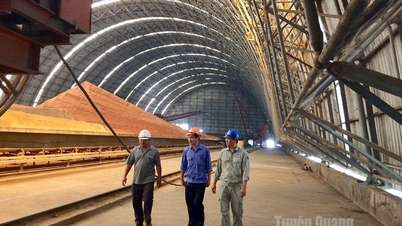



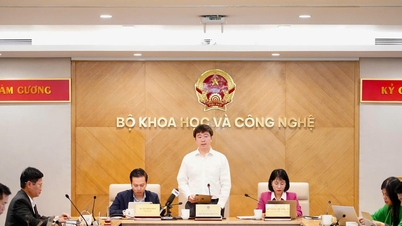

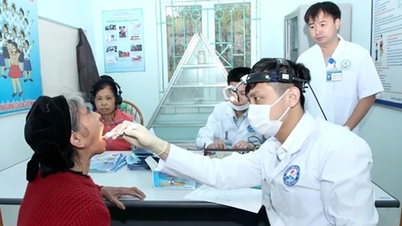



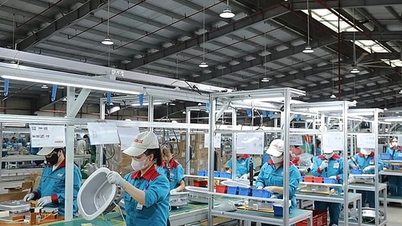
















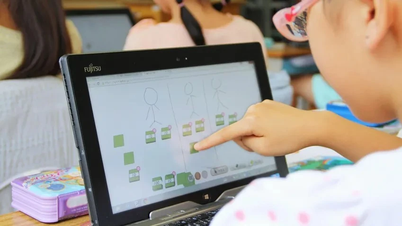


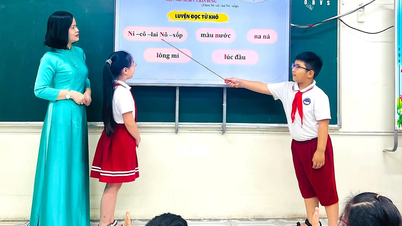

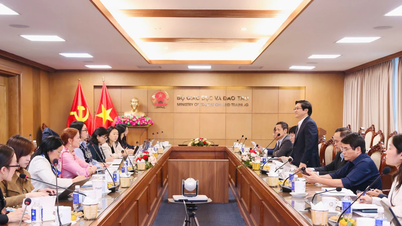
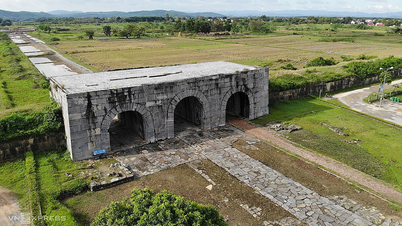






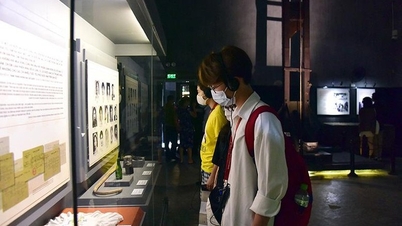




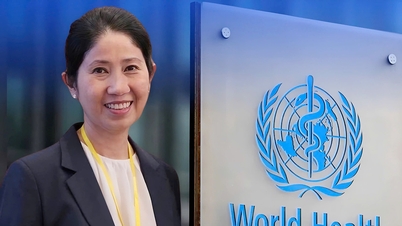


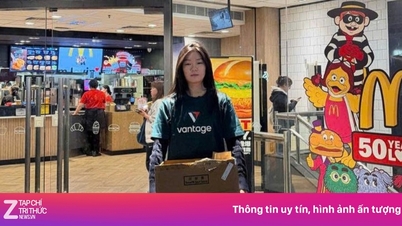









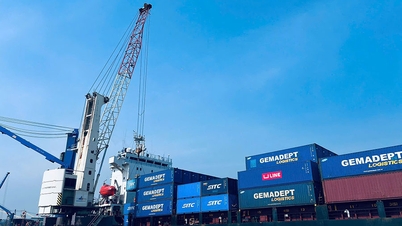







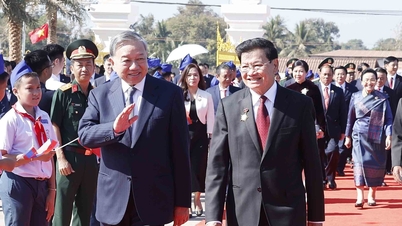
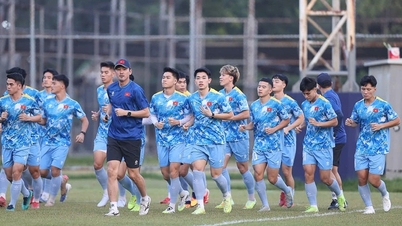




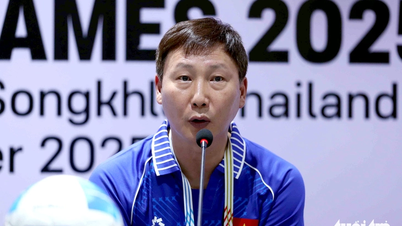

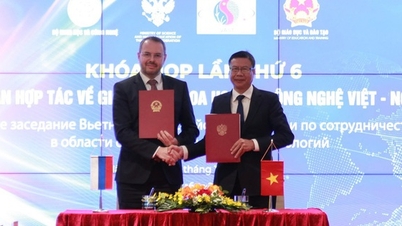
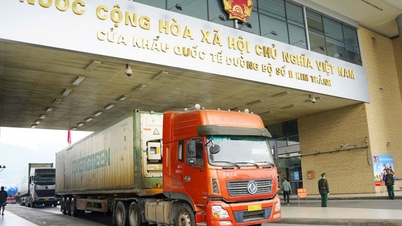

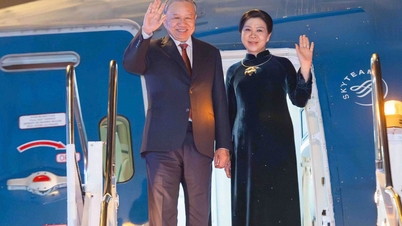

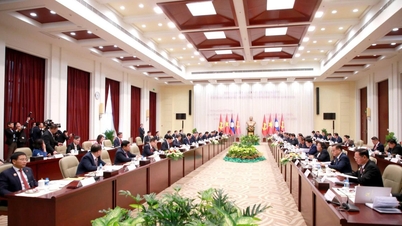

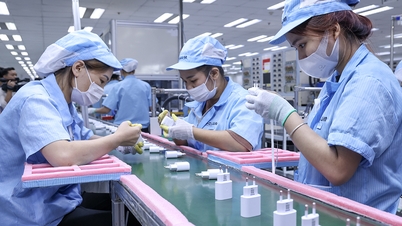
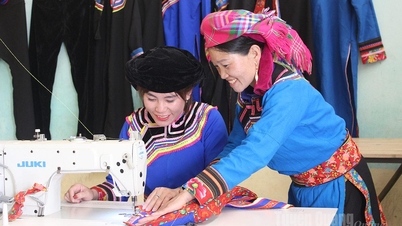

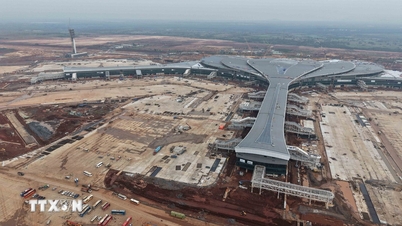




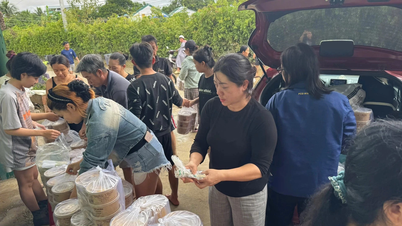












Comment (0)